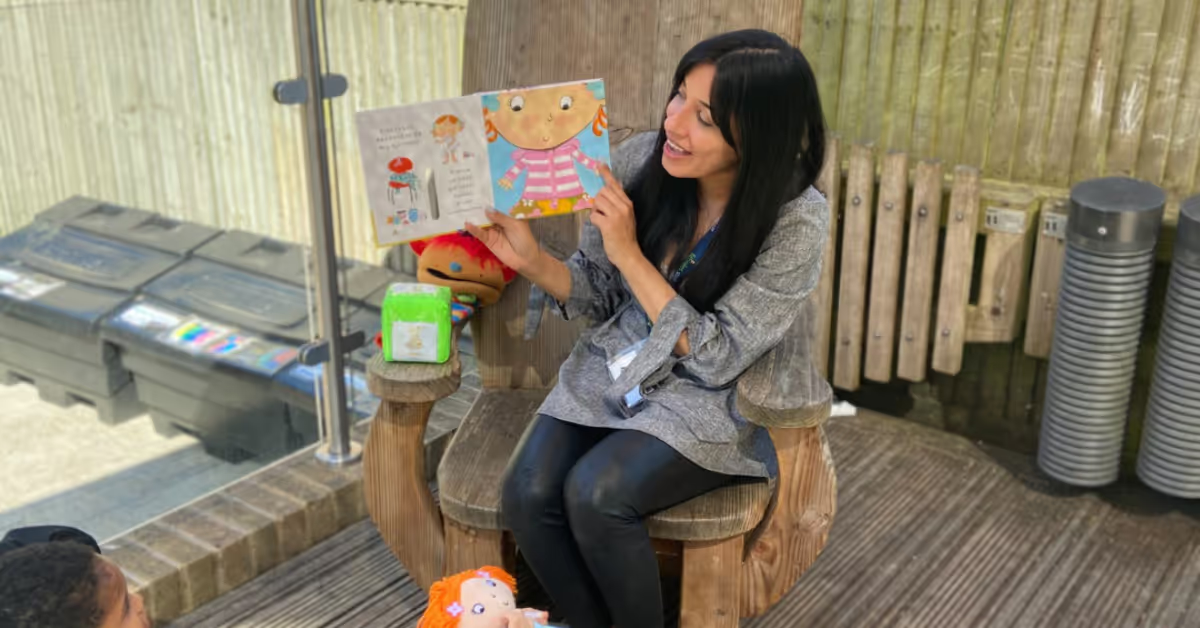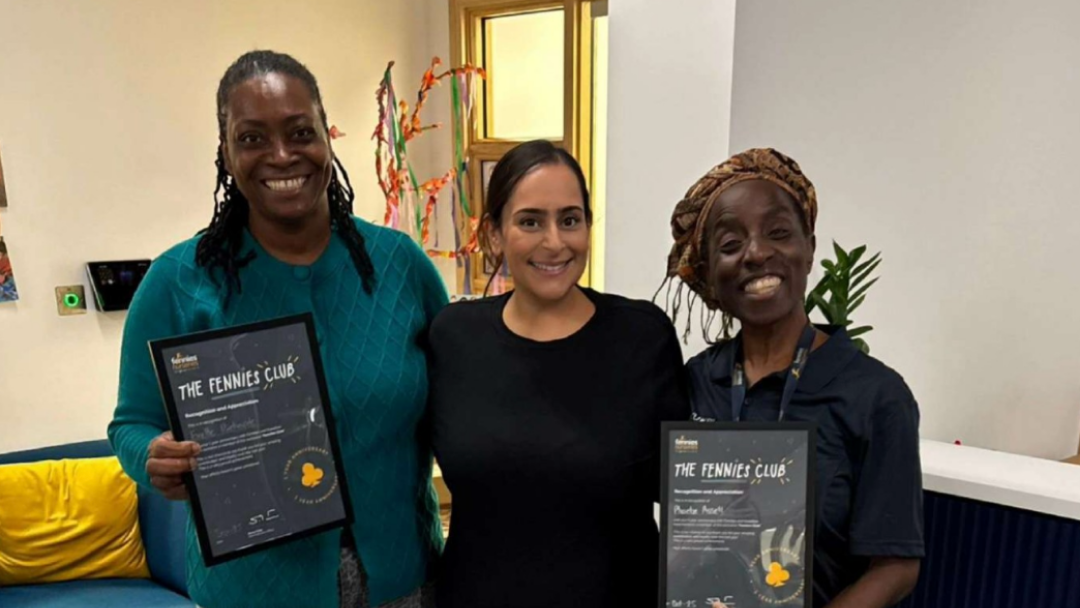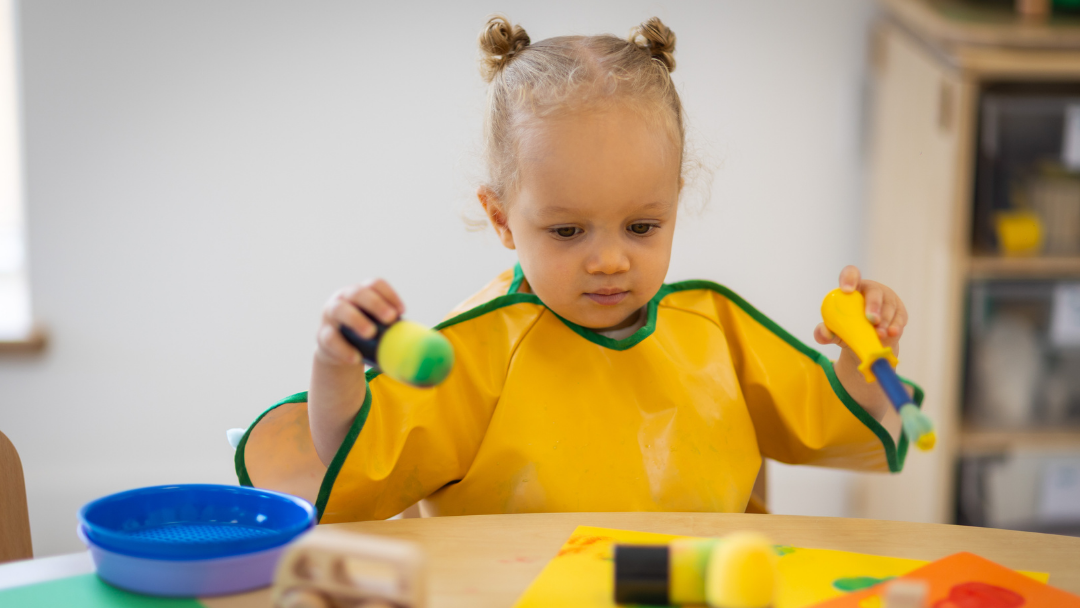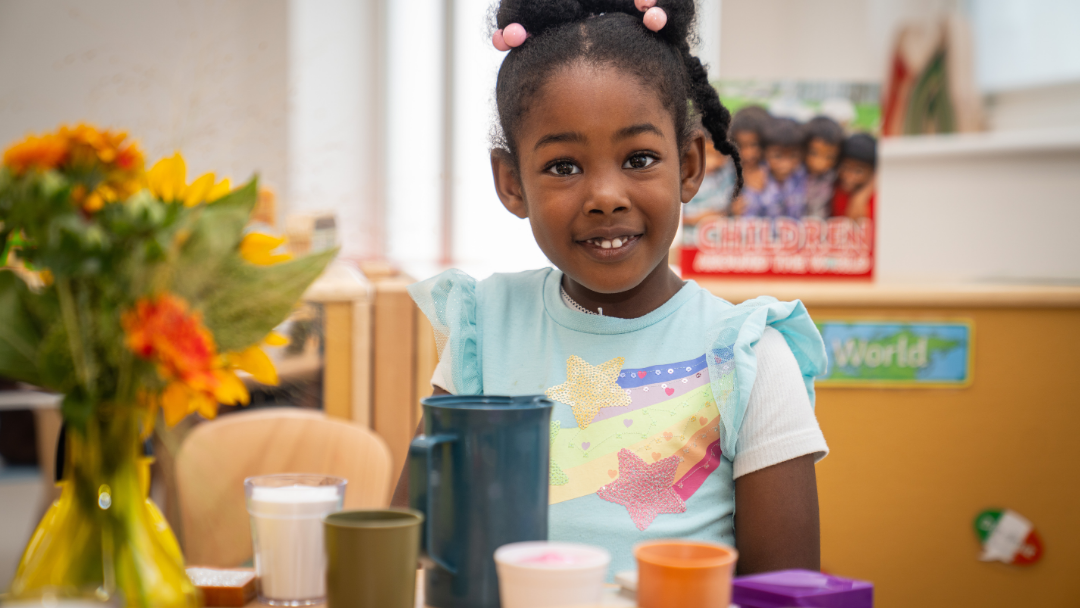A guide for all early years educators for supporting a brilliantly bilingual learning environment.
Learning a second language is something that more and more nurseries around the UK are beginning to incorporate into their daily curriculum. And with good reason, too, studies have shown that babies and children raised in bilingual environments develop decision-making and problem-solving skills before they can even speak. This, however, is just the start of the
benefits learning a second language can bring to children under the age of 5. In this article, you can find the Fennies experts’ advice on how you can incorporate language learning in your own nursery and the positive effects language learning can achieve.
Why is Learning a New Language Beneficial?
But why is learning a second language so beneficial in the early years? Between the ages of 0-3 years, children’s brains are at their most flexible stage, making learning a new language as easy as learning to walk and talk in their primary language. This is because younger children’s attitude to language tends to be more positive and open as they don’t feel as self-conscious about how these new words sound, unlike some adults.
When it comes to incorporating something new into your nursery, it can be overwhelming and there’s so much guidance online that you may not know where to begin!

How a Multilingual Nursery Can Benefit Children
The EYFS states, ‘the diverse world should be integral to everyday practice,’ and a significant part of this is for children to develop an understanding and respect for people who come from different cultures or backgrounds. A great way to ensure these values are being upheld on a daily basis is to introduce language lessons as a part of the foundation learning in your nursery.
As well as this, learning a second language helps with the development of speech and other essential social skills that children will use throughout their whole lives. Below are just a few of the primary benefits that occur when a second language is introduced to young learners.
Language Development
Learning a language often includes reading lots of books, singing songs and repeating rhymes to not only introduce children to the new vocabulary but also help them memorise it. As a result of this, children who learn a second language often develop a more varied and advanced vocabulary in their native language.
Having a robust vocabulary from an early age feeds into other key areas of learning like speaking, listening and understanding, and research shows that this can consequentially have a positive effect on children’s cognitive abilities.
Opportunities to Discover New Cultures
When introducing a new language to your setting, there are more benefits in addition to the vocabulary children learn. The children also discover traditions that are entwined with the language and culture. Language lessons will often incorporate traditional songs and stories, food tasting from different parts of the world and other traditions that children may not have been exposed to before.
This then leads to a deeper understanding of others and a respect for cultures that are different to their own.

Encourages Inclusion
Learning a second language can help children respect others’ opinions, cultures and languages, which promotes excellent social skills and is a great way for them to learn that not everyone speaks English as their first language.
Studies have shown that children who learn a second language, have a more positive attitude towards the people from that culture.
Tips for Introducing a Second Language in Your Nursery
Now that we’ve covered some of the benefits of learning a second language, how do you go about introducing this within your own nursery? Our Specialist Lead Christina shares her top tips!
Create a Routine
Consistency helps children feel safe and build healthy habits, which is why routines that are well-planned, regular and predictable are so important when introducing something new. This is no different to learning a second language and, this is why, it’s so important to make it a part of the children in your room’s day-to-day routine.
A really easy way you can do this is to create a routine board in the room. Here you can include any topics, stories or stories you’re planning to include within each language lesson.
Routine boards provide a visual cue for the children about what is to be expected throughout the day and what activities are coming up. These visual cues not only help children’s self-regulation and manage their expectations through the day, but they offer a familiar reference point for the additional languages you’re introducing to your room.

Make it Fun
Bring your language lessons to life by introducing a fun puppet character to add to the excitement and keep children engaged. There are many benefits to puppet play, including:
Language development
Children love engaging in ‘conversations’ with a puppet which is a great way to support their language development, especially children who are generally shyer as they can let the puppet be their voice.
Builds Self-Confidence
As the puppet takes centre stage during the puppet show, you’ll see the child become more confident speaking in front of other people with the help of their character.
Emotional Development
Puppets are a great way for children to explore emotions as they share, whether it may be feeling happy, upset, angry or excited. This is a great way for them to recognise characteristics of their own emotions and learn how to express them.
Physical Development
The movement required to play with a puppet improves children’s motor skills and coordination as they have to move their hands and fingers in different ways to move the puppet.
Listening Skills
Puppets can make excellent teachers as they keep children engaged and focused, whether they’re telling a story or giving instructions. This encourages good listening and attention skills.
To get the children excited about practising languages, you can provide the resources for them to create their own puppets. This allows them to take ownership of their play and encourages them to put on their own puppet shows.

Incorporate Songs and Rhymes
Repetition is key to teaching children a second language. A really easy way to bring this element of repetition is through songs and rhymes, as the verses are made up of patterns which are easy to memorise. This is because songs and rhymes are made up of similar sounds that don’t happen in everyday language, which helps children’s brains segment words into syllables and hear similarities between words that rhyme or start with the same sounds.
Songs and rhymes can help you introduce lots of new vocabulary and repetition can also help them memorise these new words, which are important when it comes to learning a new language.
Create a Language Corner
Make learning a language a part of the nursery environment by creating a language corner in your room. You'll notice that children will begin to naturally gravitate towards this area and make independent choices around which resources they’d like to explore outside of language lessons.
Use Story Sacks
Reading bilingual books is a brilliant way to introduce children to a new language through something they’re already familiar with, storytime! You can bring these books to life by creating story sacks.
Fill a small sack or bag (or any container you have to hand) with props, masks, puppets, activities, costumes, nursery rhyme sheets or anything you can think of that relates to the story. Then, the next time you come to read the book, let the children explore the story sack to extend their learning and engagement. When you use props and masks to tell a story this will also help them memorise the new vocabulary they’ve learned from the book.
Make Languages Part of Everyday Activities
As important as language lessons are in a nursery, you don’t have to limit learning a language to a certain time of day or week. If you can incorporate new languages into everyday activities, this will make it more fun and memorable for children.
For example, you can incorporate Spanish vocabulary into sensory play by making mini baguettes and croissants using play dough, you could make traditional dishes during cooking lessons, or you could incorporate characters from a book you’ve been reading into your next tuff tray. There are so many ways you can bring different cultures to life through everyday play!
Thanks for Reading...
We hope you’re feeling inspired to introduce learning a second language into your nursery. Learning a second language offers so many benefits when it comes to learning and development but also how we view the world around us. Even teaching children a few key words or phrases in a new language can be beneficial.
If you’re thinking about incorporating any of our tips, we’d love to see how you get on so feel free to tag us in any of your wonderful spaces or activity setups @fenniesnurseries on Instagram.
FAQ
Subscribe to our newsletter
Stay up to date with Fennies news






.png)



